PDF-Parsing with Compositional Vector Grammars Richard Soc
Author : cheryl-pisano | Published Date : 2015-05-18
Manning Andrew Y Ng Computer Science Department Stanford University Stanford CA 94305 USA richardsocherorg horatiogmailcom manningstanfordedu angcsstanfordedu Abstract
Presentation Embed Code
Download Presentation
Download Presentation The PPT/PDF document "Parsing with Compositional Vector Gramma..." is the property of its rightful owner. Permission is granted to download and print the materials on this website for personal, non-commercial use only, and to display it on your personal computer provided you do not modify the materials and that you retain all copyright notices contained in the materials. By downloading content from our website, you accept the terms of this agreement.
Parsing with Compositional Vector Grammars Richard Soc: Transcript
Download Rules Of Document
"Parsing with Compositional Vector Grammars Richard Soc"The content belongs to its owner. You may download and print it for personal use, without modification, and keep all copyright notices. By downloading, you agree to these terms.
Related Documents

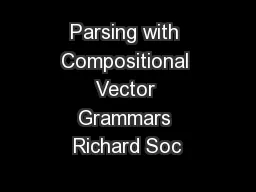
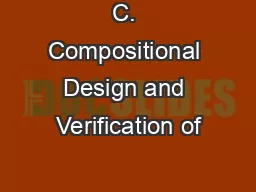
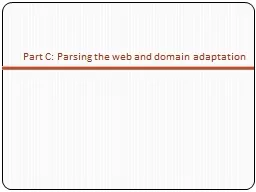
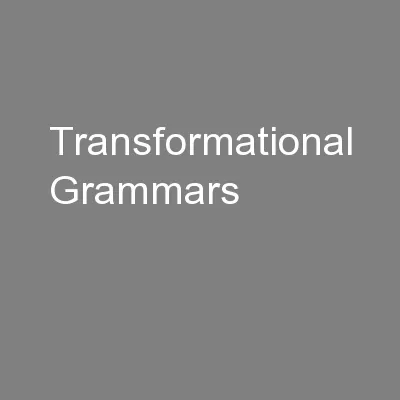
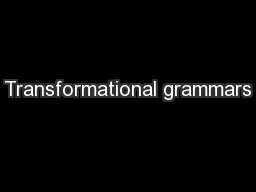
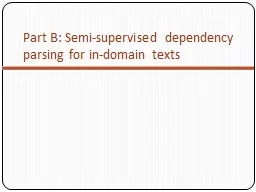
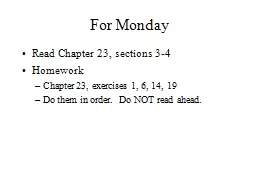
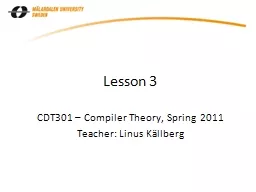
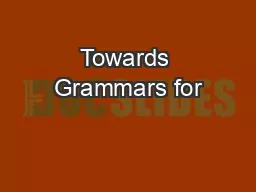
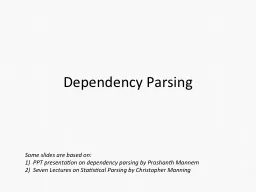
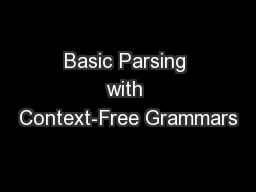
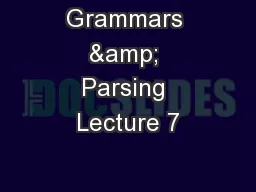
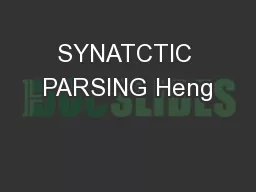
![[DOWLOAD]-Parsing with Perl 6 Regexes and Grammars: A Recursive Descent into Parsing](https://thumbs.docslides.com/976826/dowload-parsing-with-perl-6-regexes-and-grammars-a-recursive-descent-into-parsing.jpg)